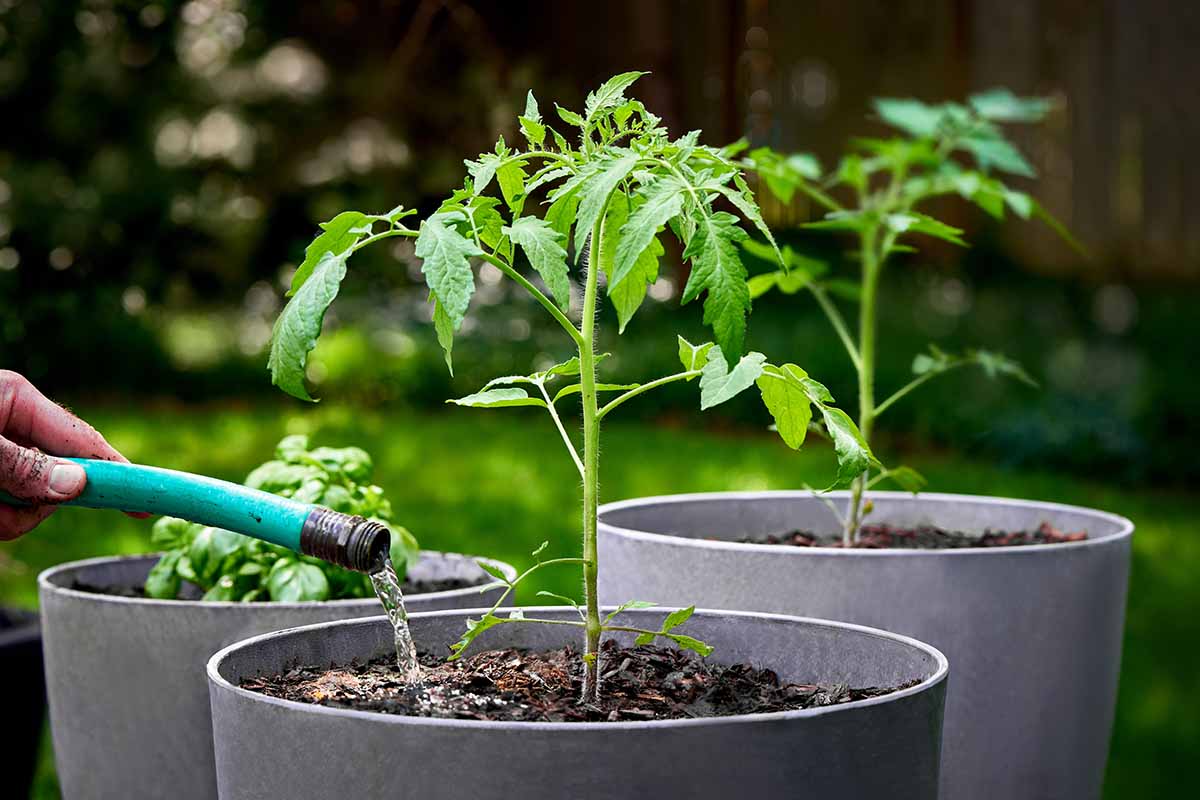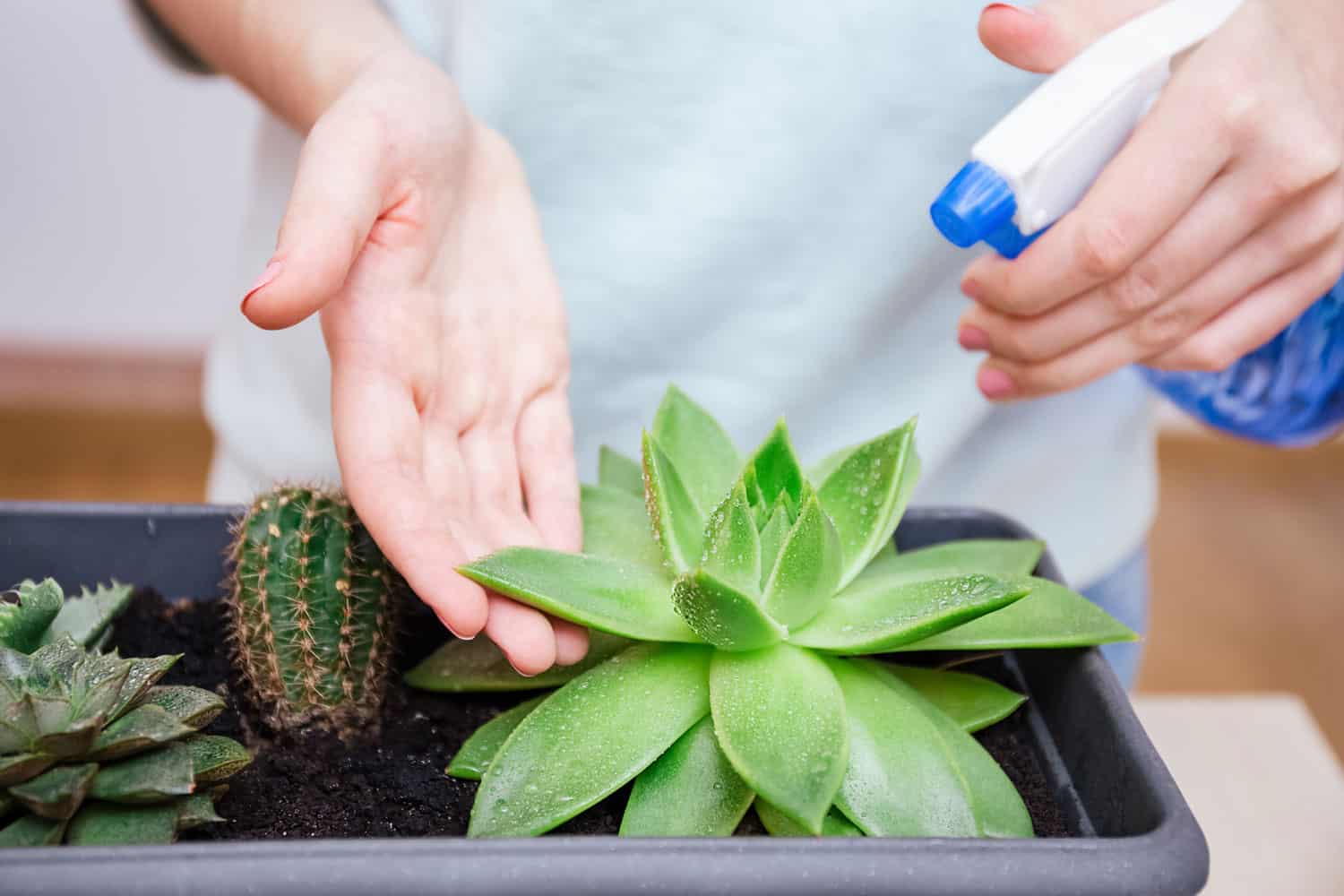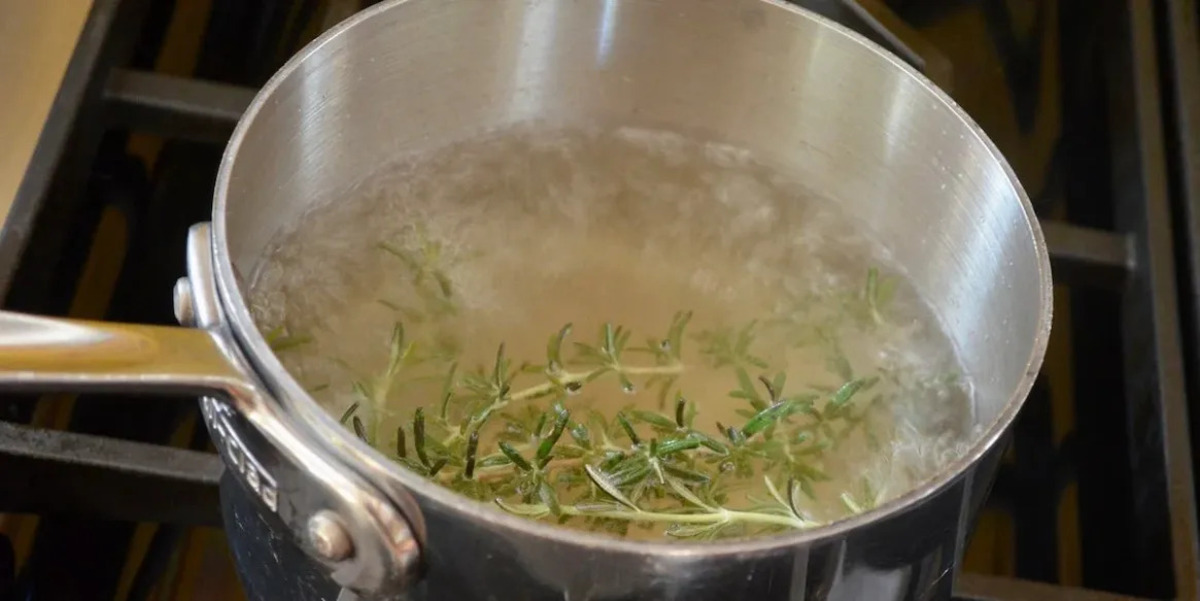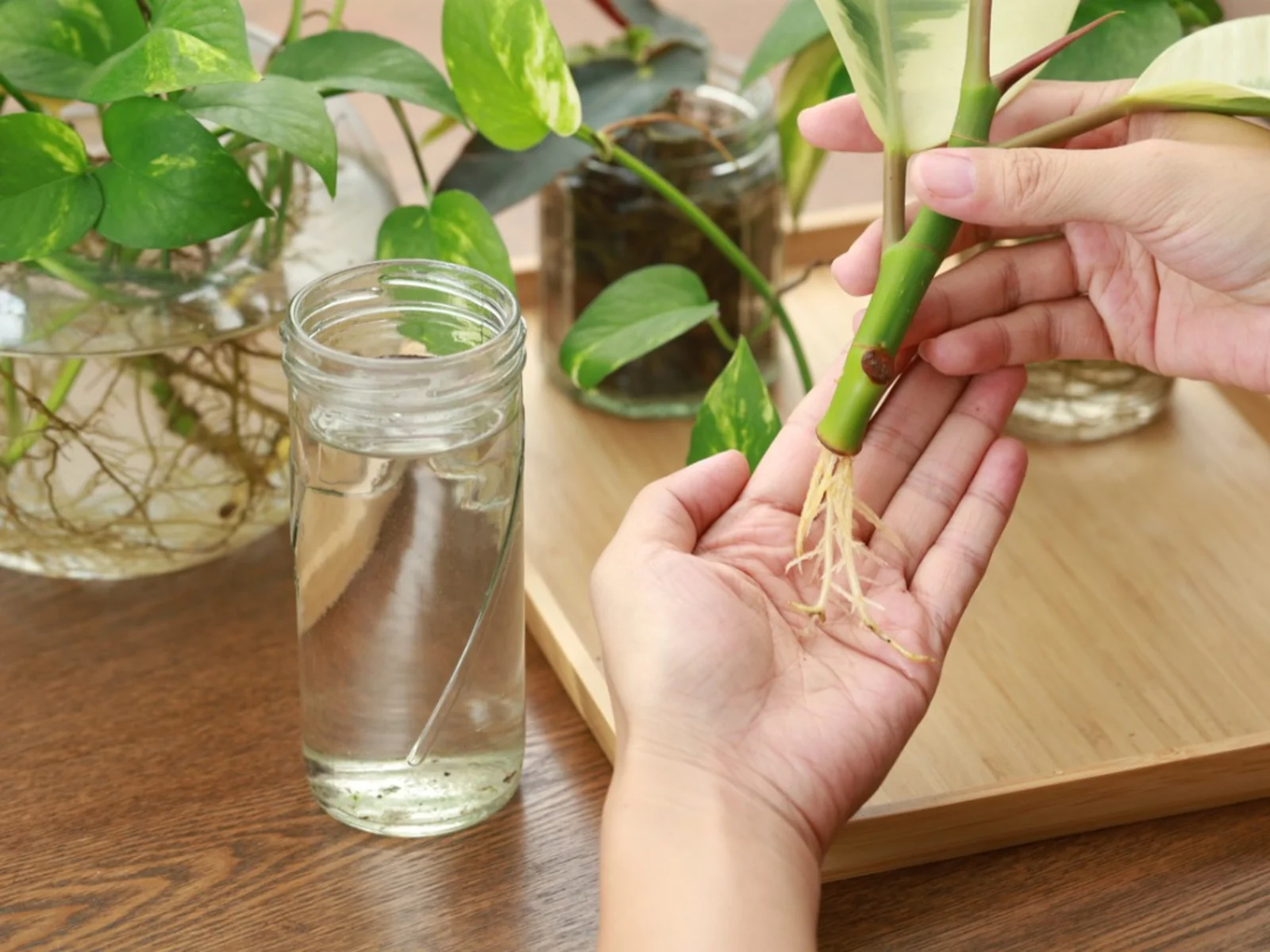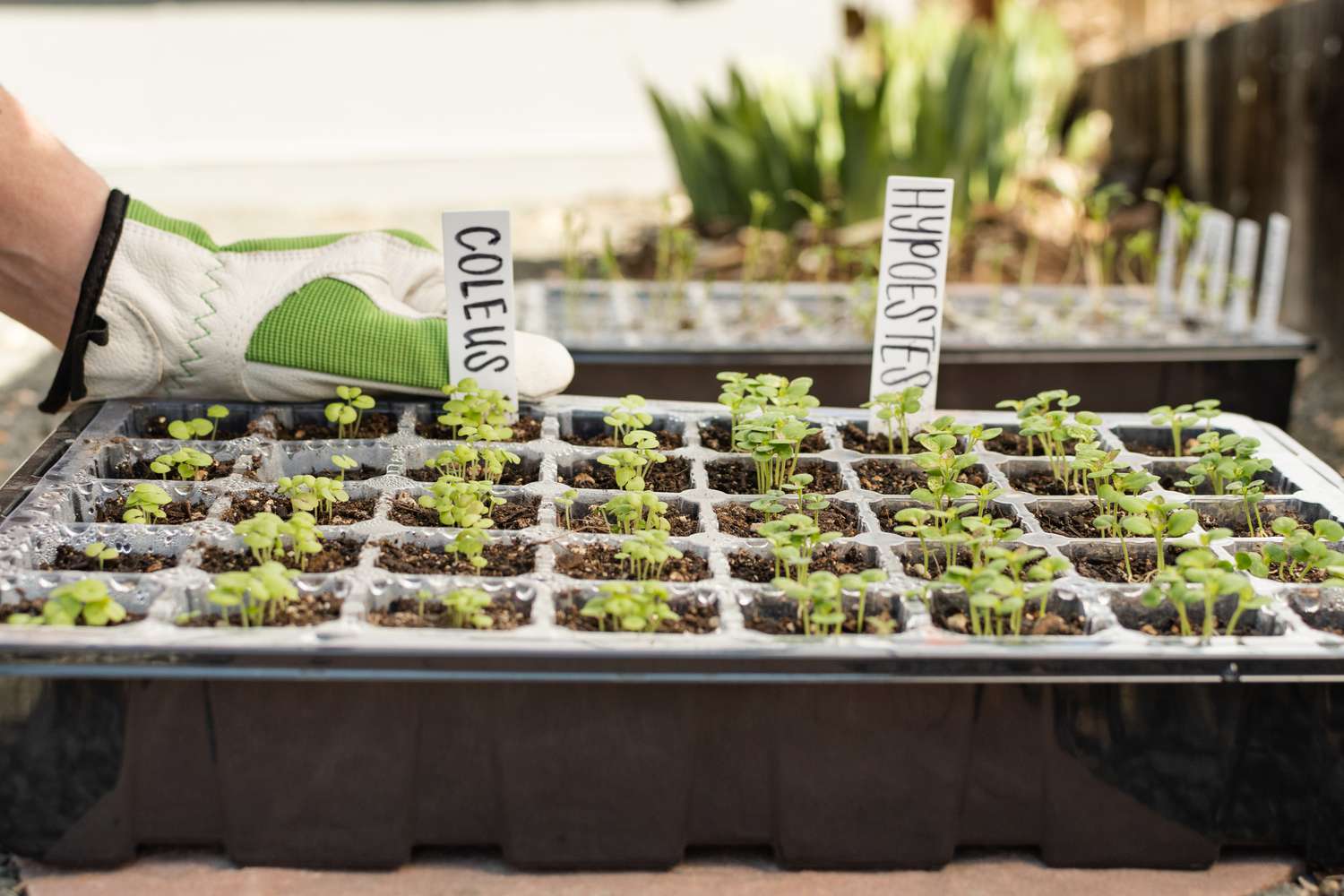Home>Types of Gardening>Edible Gardening>How Long Should You Run A Fan On Seedlings
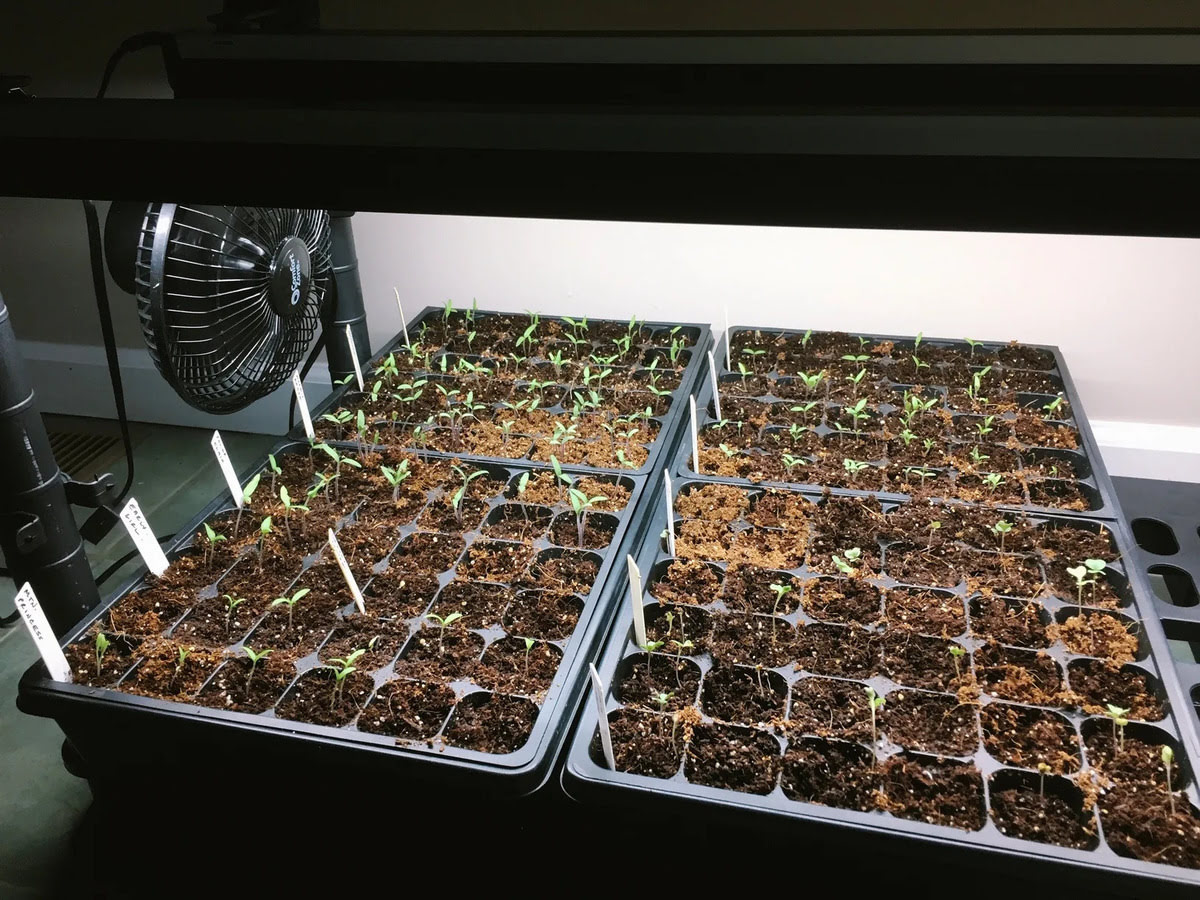

Edible Gardening
How Long Should You Run A Fan On Seedlings
Published: January 1, 2024
Learn the best practices for using a fan to promote healthy growth in your edible garden seedlings. Discover how long to run a fan for optimal results.
(Many of the links in this article redirect to a specific reviewed product. Your purchase of these products through affiliate links helps to generate commission for Chicagolandgardening.com, at no extra cost. Learn more)
Table of Contents
Introduction
Starting seeds indoors is a rewarding endeavor that allows gardeners to get a head start on the growing season. However, ensuring the health and vigor of seedlings requires attention to various factors, including air circulation. Adequate airflow is essential for preventing issues such as damping off, a fungal disease that can devastate seedlings. One effective way to promote air circulation is by using a fan. In this comprehensive guide, we will explore the importance of air circulation for seedlings and delve into the factors to consider when running a fan on seedlings. Additionally, we will discuss the benefits and potential risks of using a fan and provide practical insights on determining the optimal duration for running a fan on seedlings. By the end of this article, you will have a clear understanding of how to leverage fans to foster robust and healthy seedlings for a thriving garden.
Ensuring the success of seedlings goes beyond providing water and light; maintaining a suitable environment is equally crucial. This is where the significance of air circulation comes into play. While it may seem simple, the proper circulation of air can be a game-changer for the health and vitality of seedlings. Let's embark on this exploration of how to harness the power of airflow to cultivate strong and resilient seedlings.
Importance of Air Circulation for Seedlings
Effective air circulation is vital for the health and development of seedlings. When seeds are sown in a moist environment, whether in seed trays or pots, they are particularly susceptible to fungal diseases such as damping off. This destructive condition thrives in stagnant, humid air and can lead to the rapid decay of seedlings. By introducing airflow, the moisture around the seedlings is dispersed, creating an environment less conducive to fungal growth. Furthermore, consistent air movement can help strengthen the stems of seedlings, preparing them for the eventual transition to outdoor conditions.
Proper air circulation also aids in preventing the buildup of excessive heat around seedlings. In indoor settings, especially under grow lights, the temperature can become concentrated in certain areas, potentially causing heat stress to the seedlings. By strategically placing fans, the heat is distributed more evenly, reducing the risk of damage to the tender plants. Additionally, airflow can help mitigate the risk of pests and diseases by creating an environment that is less hospitable to these threats.
Moreover, air circulation plays a crucial role in promoting photosynthesis and transpiration, essential processes for the growth and vigor of seedlings. By ensuring that carbon dioxide is effectively dispersed around the plants, fans contribute to the optimization of photosynthetic activity. This, in turn, supports the healthy development of the seedlings, enabling them to establish a strong foundation for future growth.
Understanding the significance of air circulation in the context of seedling care empowers gardeners to create an environment that fosters resilience and vitality. By harnessing the benefits of airflow, it is possible to mitigate the risks associated with indoor seed starting and set the stage for strong, healthy plants to thrive.
Factors to Consider When Running a Fan on Seedlings
When utilizing a fan to promote air circulation around seedlings, several factors should be taken into account to ensure optimal results. The type and size of the fan, as well as its positioning, play a significant role in creating an environment that is conducive to the healthy growth of seedlings. Additionally, the stage of growth and the specific requirements of the plant species should be considered when determining the appropriate use of a fan.
Type and Size of the Fan: The selection of a fan for seedlings should align with the size of the growing area and the airflow requirements. Oscillating fans are often preferred for providing gentle, consistent airflow, while small desk fans can be suitable for compact spaces. It is essential to choose a fan with adjustable settings to regulate the intensity of the airflow, as excessive wind can potentially damage delicate seedlings.
Positioning of the Fan: Placing the fan at an appropriate distance from the seedlings is crucial for avoiding direct, harsh airflow. Indirect airflow, achieved by angling the fan or placing it at a distance, helps prevent desiccation and damage to the plants. Additionally, positioning the fan to create gentle, uniform airflow across the entire growing area ensures that all seedlings benefit from the circulation without being subjected to turbulent conditions.
Stage of Growth: The intensity and duration of fan usage should be adjusted according to the stage of growth of the seedlings. Young, tender seedlings may require gentler airflow, while more established plants can benefit from slightly stronger circulation to promote stem strength and overall resilience.
Specific Plant Requirements: Different plant species may have varying preferences in terms of air circulation. Some plants, particularly those originating from windy environments, may benefit from slightly stronger airflow, while others, especially those with delicate foliage, may require more subdued circulation to prevent damage.
By carefully considering these factors and adjusting the use of fans accordingly, gardeners can harness the benefits of air circulation while mitigating potential risks, ultimately creating an environment that is conducive to the optimal growth and development of seedlings.
Benefits of Running a Fan on Seedlings
Introducing a fan to the environment of seedlings offers a multitude of benefits that contribute to the overall health and resilience of the plants. By harnessing the power of airflow, gardeners can create an environment that fosters robust growth and mitigates the risks associated with stagnant air.
Prevention of Damping Off: One of the primary benefits of running a fan on seedlings is the prevention of damping off, a fungal disease that can swiftly devastate young plants. By promoting air circulation, the moisture around the seedlings is dispersed, creating an inhospitable environment for the development of the fungus responsible for damping off.
Strengthening of Stems: Consistent, gentle airflow encourages the development of sturdy stems in seedlings. The movement of air stimulates the plants to strengthen their structures, preparing them for the eventual transition to outdoor conditions where they will encounter natural breezes.
Temperature Regulation: Fans help distribute heat more evenly around the growing area, preventing the buildup of excessive heat that can stress and damage seedlings. By maintaining a balanced temperature, fans contribute to the overall well-being of the plants.
Enhanced Photosynthesis and Transpiration: The circulation of air facilitates the efficient exchange of gases around the leaves of the seedlings, promoting optimal photosynthetic activity and transpiration. This supports the healthy development of the plants and contributes to their overall vigor.
Reduction of Pest and Disease Risk: Air circulation created by fans can deter pests such as fungus gnats and aphids, which thrive in still, humid environments. Additionally, the dispersal of air can help prevent the establishment of fungal diseases that thrive in stagnant conditions.
By leveraging the benefits of running a fan on seedlings, gardeners can create an environment that nurtures the strength and vitality of the plants, setting the stage for a successful transition to outdoor growing and a bountiful harvest.
Risks of Running a Fan on Seedlings
While utilizing a fan to promote air circulation around seedlings offers numerous benefits, it is important to be mindful of potential risks associated with excessive or improper use of fans. Understanding these risks is crucial for safeguarding the well-being of the delicate seedlings and ensuring that the benefits of air circulation are maximized without causing harm.
Desiccation: Excessive or direct airflow from a fan can lead to desiccation, causing the seedlings to lose moisture at a rapid rate. This can result in wilting and damage to the tender foliage. Care should be taken to position the fan to create gentle, indirect airflow that minimizes the risk of desiccation.
Physical Damage: Strong airflow, especially when directed at close range, can physically damage the delicate structures of seedlings. This can manifest as bending or breaking of stems, as well as damage to leaves and other plant parts. Proper positioning and adjustment of fan settings are essential for mitigating the risk of physical damage.
Stress from Excessive Wind: Prolonged exposure to strong airflow can cause stress to the seedlings, potentially impeding their growth and development. It is important to strike a balance between providing sufficient airflow to strengthen the plants and avoiding prolonged exposure to turbulent conditions that may induce stress.
Disruption of Pollination: In some cases, excessive airflow can disrupt the natural process of pollination, particularly for plants that rely on air currents to facilitate pollination. Careful consideration of the specific requirements of the plant species is necessary to avoid interfering with this crucial reproductive process.
Spread of Pathogens: In environments where fungal or bacterial pathogens are present, excessive airflow can potentially contribute to the spread of these pathogens. It is important to maintain a balance that promotes air circulation without creating conditions that facilitate the dissemination of harmful microorganisms.
By being mindful of these potential risks and taking proactive measures to mitigate them, gardeners can harness the benefits of air circulation while safeguarding the well-being of their seedlings, ultimately creating an environment that nurtures healthy and resilient plants.
How Long to Run a Fan on Seedlings
Determining the optimal duration for running a fan on seedlings involves a thoughtful approach that considers the specific needs of the plants and the environmental conditions. While air circulation is beneficial, excessive or prolonged exposure to airflow can pose risks to the delicate seedlings. Therefore, finding the right balance is essential for harnessing the benefits of a fan while safeguarding the well-being of the plants.
Stage of Growth: The duration of fan usage can vary based on the stage of growth of the seedlings. During the early stages, when the seedlings are tender and more susceptible to damage, shorter intervals of fan usage may be appropriate. As the plants mature and develop stronger structures, longer periods of airflow can be gradually introduced to encourage stem strengthening and overall resilience.
Environmental Factors: Consideration should be given to the ambient temperature and humidity levels in the growing environment. In warmer conditions, running the fan for shorter intervals at regular intervals throughout the day can help regulate the temperature and prevent excessive heat buildup. Similarly, in humid environments, periodic airflow can aid in dispersing excess moisture and reducing the risk of fungal diseases without overdrying the plants.
Observation and Adjustment: Monitoring the response of the seedlings to the airflow is crucial for determining the appropriate duration for running the fan. If signs of stress, such as wilting or excessive drying of the soil, are observed, adjustments should be made to reduce the duration or intensity of fan usage. Conversely, if the plants are thriving and exhibiting healthy growth, gradual increases in fan usage can be implemented, always with careful observation of the plants’ response.
Customization for Plant Species: Different plant species may have varying tolerance levels for airflow, and their specific requirements should be taken into account when determining the duration of fan usage. Plants originating from windy environments may benefit from longer periods of airflow, while those with delicate foliage may require more conservative exposure to airflow.
Gradual Acclimatization: When introducing a fan to the growing environment, it is advisable to start with shorter durations and gradually increase the exposure to airflow as the seedlings acclimate to the gentle circulation. This approach allows the plants to adapt to the airflow without experiencing sudden stress or shock.
By considering the stage of growth, environmental factors, the plants’ response, and the specific needs of the plant species, gardeners can determine the optimal duration for running a fan on seedlings. This thoughtful approach enables the harnessing of the benefits of air circulation while safeguarding the health and vitality of the delicate plants.
Conclusion
Effective air circulation, facilitated by the strategic use of fans, is a valuable tool for nurturing robust and healthy seedlings. By promoting airflow around the plants, gardeners can mitigate the risks of damping off, strengthen the stems of the seedlings, regulate temperature, and enhance photosynthetic activity. However, it is essential to approach the use of fans with careful consideration of various factors, including the type and size of the fan, positioning, stage of growth, and specific plant requirements.
Understanding the importance of air circulation and the potential benefits and risks of running a fan on seedlings empowers gardeners to create an environment that fosters resilience and vitality. By customizing the duration and intensity of fan usage based on the individual needs of the plants and the environmental conditions, it is possible to harness the benefits of air circulation while safeguarding the delicate seedlings from potential harm.
Ultimately, the thoughtful integration of fans into the care routine for seedlings contributes to the cultivation of strong, healthy plants that are well-prepared for successful transplantation and subsequent growth. By embracing the principles of strategic air circulation and leveraging the benefits of fans, gardeners can lay a solid foundation for a thriving garden and a bountiful harvest.
